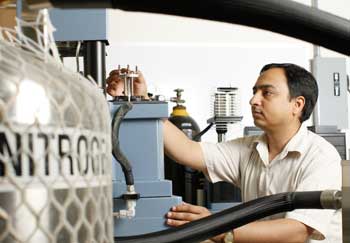
Tuesday, February 5, 2019
Researchers use artificial neural networks to streamline testing graphene composites
Precious metal tracks nanoplastics
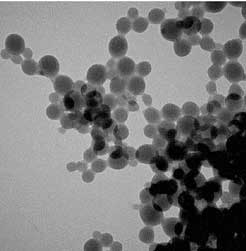
Nano-infused ceramic could report on its own health
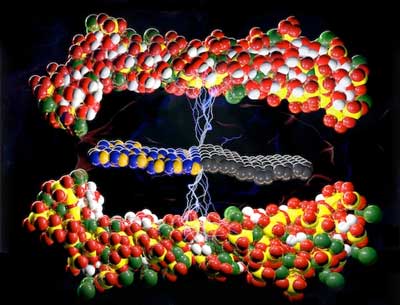
Observing hydrogen's effects in metal
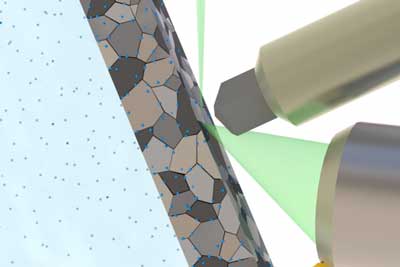
Learning transistor mimics the brain
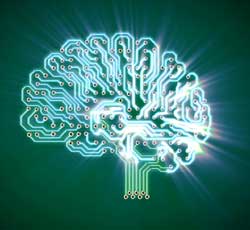
Data-transmitting light signal gets power boost from nanosized amplifier
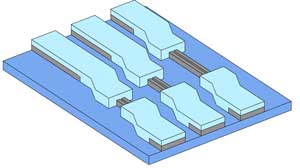
Experiments verify the phenomenon of a photonic hook
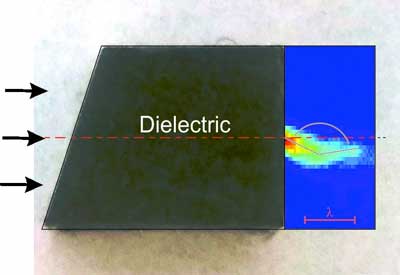
Subscribe to:
Comments (Atom)
